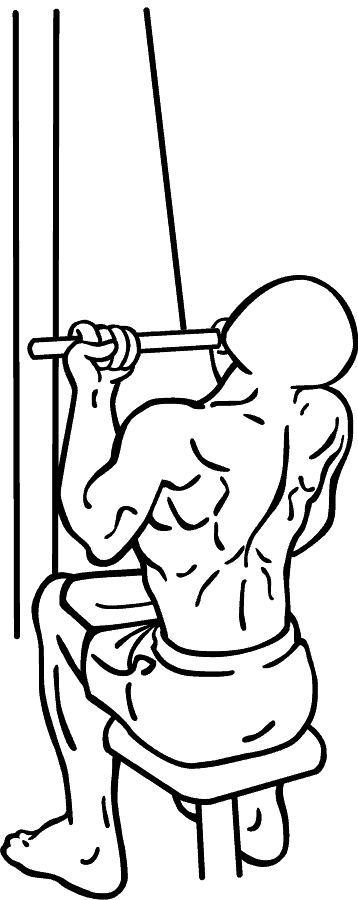
You are concerned as to how often you should exercise, right? I guess we should know what is healthy and what is a sheer waste of time, and punishment, and what could hurt our health. As much as we exercise to keep fit, we ought to know how much of it is good for our well-being.
Some may argue that no amount of exercise is too much, which is wrong, because even the body needs time to recover and heal. There should be some sort of break for the body to recover; it is as simple as that. Even an engine needs to break otherwise it will break down and wear off in no time.
So, how often should you exercise? Three times a week, four times a week, five times a week, or is it two times enough?
The right answer to this question all depends on your goals and current fitness level. It is recommended that an average healthy person should engage in 30 minutes of cardiovascular exercise 3 to 5 times a week.
If you are somebody who intends to start exercising or hasn’t exercised for some time, it is advisable to follow each exercise day with a day off to allow the body to repair and heal.
If you are used to exercising but intend to increase the frequency by exercising consecutively, it will be wise to alternate your workout routine. For example, if you did jogging on day one, try and do something else like swimming on day two, strength training on day three, etc.
However, you mustn’t be working out every day of the week. Four to five times a week, and 30 minutes workout will be just fine. You must also take note that; you shouldn’t be sitting down for the rest of the day after exercising as this could affect your exercise productivity.
You should be active because a recent study indicated an awful health consequence for just sitting for the whole day, even if you had exercised for an hour. It is advised that you should be active at some point in the day, even when you are not working out.
Pay attention to your body and gradually increase your workout days up to 5 days a week.
These guidelines might be helpful:
In weeks 1 to 4, exercise 1 to 3 times for 20 to 30 minutes at up to 65 percent maximum heart rate (MHR)
In weeks 5 to 8, exercise 3 times for 30 minutes at 65 to 75 percent MHR
In weeks 9 to 12, exercise 4 times for 30 minutes at 65 to 75 percent MHR
In weeks 13 to 16, exercise 5 times for 30 minutes at 65 to 75 percent MHR
To Calculate Your Maximum Heart Rate MHR
To get your correct MHR, minus your age from 220, and to find 65 percent of your MHR, multiply your MHR by 0.65, and to get your 75 percent of your MHR, multiply your MHR by 0.75.
For Example, if you are 35, your MHR will be 185, and 65 percent of your MHR will be 120.25 beats per minute (BPM); likewise, for 75 percent it will be 138.75 BPM.
This might also interest you: Are Protein Shakes Good for You?
Conclusion
I hope I have been able to answer your question, but if you still have a question, comment, or contribution, do leave it in the comment box below. And if you found this post useful, please like and share it.
Stay Healthy
I am a health and fitness enthusiast. I take anything and everything that improves my health seriously. Hence, I try to share my knowledge in helping people that wish to up their health status to one that enables them to live strong with confidence.
We also review health and fitness equipment such as treadmills, elliptical trainers, spin bikes. recumbent bikes and many more.






